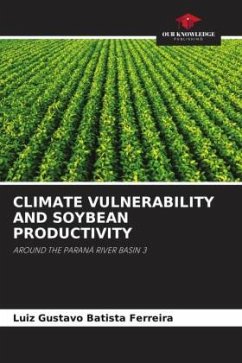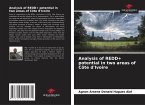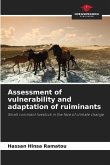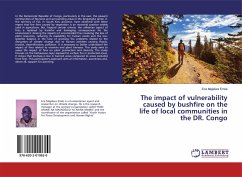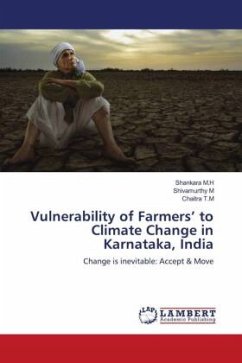Soya is the main agricultural crop in the state of Paraná, with a production of around 15 million tons, grown on more than 5 million hectares. The western region of the state is one of the main producers of this legume. In the 2015-2016 harvest, Paraná was the national productivity champion, with 3,405 kg ha-1, mainly due to favorable weather conditions (PARANÁ, 2016).Rainfall is the natural source of water supply for plants. All the physiological processes that take place in the plant are affected by the availability of water, such as root absorption, nutrient transportation, thermoregulation and hydration, which are essential for maintaining cell structure and activity (TAIZ; ZEIGER, 2009).Water availability is the main factor responsible for agricultural productivity fluctuations in Brazil and also in Paraná. Although the average annual water balance indicates that there is practically no water deficit in most of the state (CAVIGLIONE et al., 2000), there is great inter-annualvariability during the crop cycle, which is responsible for significant variations in harvests.
Bitte wählen Sie Ihr Anliegen aus.
Rechnungen
Retourenschein anfordern
Bestellstatus
Storno

